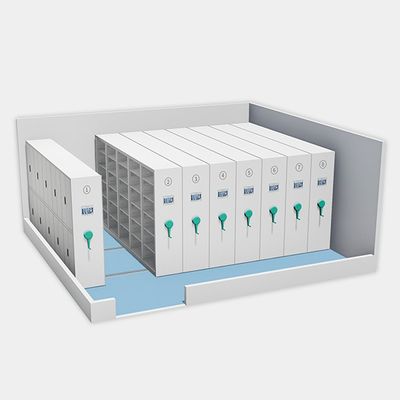

- Home
- Companies
- Fujian Jiupo Biotechnology Co., Ltd.
- Products
- Jiupo - Model SPR-L/M/S - Seed ...
Jiupo seed preservation room is divided into short-term bank, medium-term bank, long-term bank and duplicate bank according to the storage life, and the longest storage life can reach 50+ years;
The functional areas of the seed preservation room are:
Pre-storage processing area, low-temperature cold storage structure, refrigeration and dehumidification system, control system, seed rack;
Pre-storage processing area:
Seed receiving room, cleaning room, fumigation room, germination room, drying room, moisture content measurement room, packaging room, temporary storage room, etc.
Rational distribution
Meet the management process of germplasm bank, meet fire prevention regulations.
Large and systematic storage
Achieve different kinds germplasm preservation.
Advanced
Access and operation automation, intelligent remote monitoring.
Energy saving and stability
Materials and noise are environmentally friendly, equipment is reliable and with high energy efficient.
Safety Issues
Considering that germplasm repositories are used for long-term and indefinite protection of germplasm resources, factors such as quake-proof, water-proof, fire-proof, geologic hazards, and accidents should be taken into account in the design and construction process.
Reliability Issues
The purpose of germplasm repository is to extend the lifespan of seeds as much as possible. Providing stable, reliable low-temperature and low-humidity storage conditions is essential for achieving this.
Rational Layout
The overall layout design should fully consider the pre-storage process.
Operational Energy Consumption
Given that the germplasm repository needs to operate continuously for many years, energy consumption for cooling and dehumidification should be considered to reduce carbon emissions. This includes minimizing the use of high-power dehumidifiers, using central chiller units for larger scales, and adopting heat pump methods for cooling and dehumidification.

